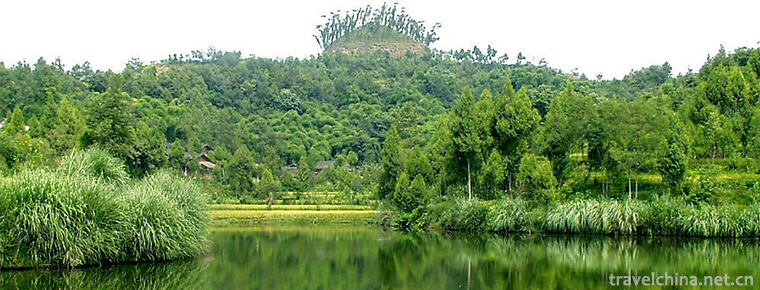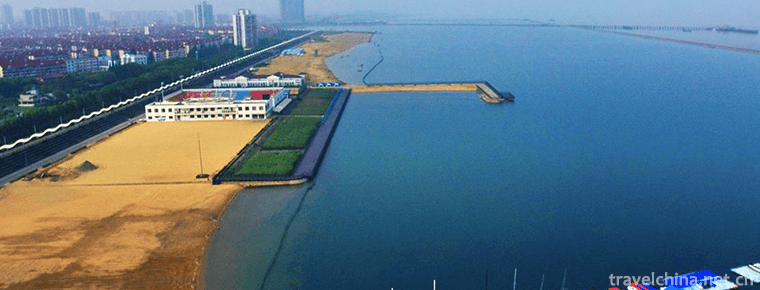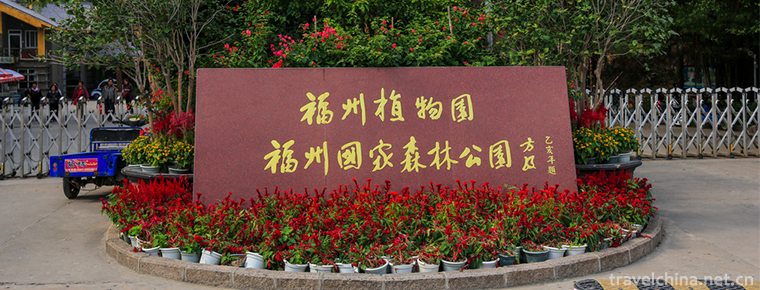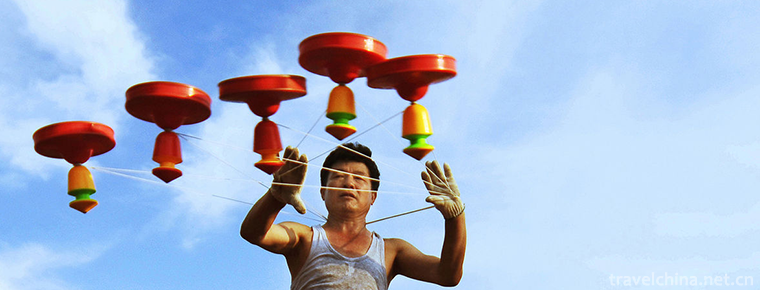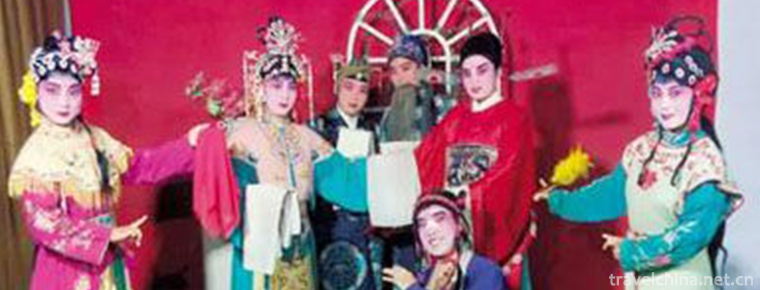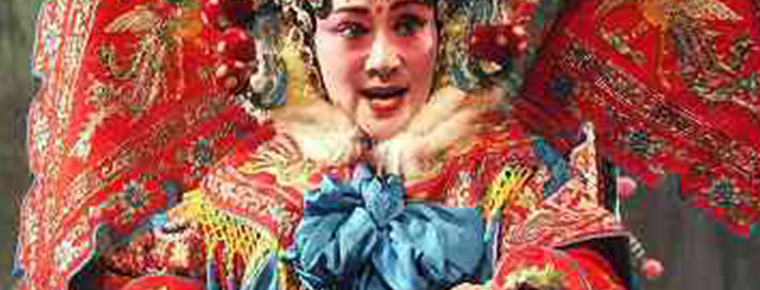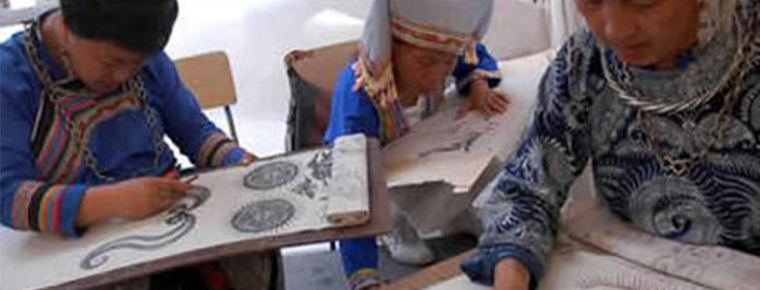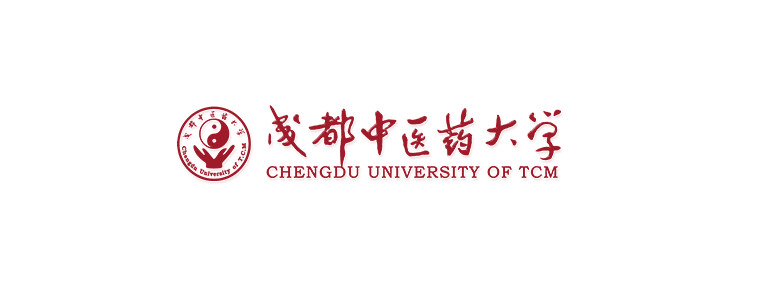Forging Skill of Iron Painting in Wuhu
Forging Skill of Iron Painting in Wuhu
Wuhu iron painting forging technology, local traditional handicraft in Wuhu City, Anhui Province, one of the national intangible cultural heritage.
Iron painting originated in the Song Dynasty and prevailed in the Northern Song Dynasty. During the reign of Kangxi in the Qing Dynasty, iron paintings in Wuhu, Anhui Province, became self-contained and gradually enjoyed worldwide fame. Wuhu Iron Painting takes hammer as pen, iron as ink, anvil as paper, forged iron as painting, and artistic skill as ghost axe.
In 2006, the forging technique of Wuhu iron painting was approved by the State Council and listed in the first batch of national intangible cultural heritage list, numbered_-39.
In June 2018, the forging technology of Wuhu Iron Painting was listed in the first batch of national traditional craft revitalization catalogue.
historical origin
Wuhu Iron Painting began in the reign of Kangxi in the Qing Dynasty (1662-1722). It was composed of Tang Peng, a Wuhu Iron Worker, and Xiao Yun, a Wuhu painter.
During the Guangxu period, due to social unrest and depressed people's livelihood, Shen Yixing Iron Flower Shop, the only one specializing in iron painting, was closed because of childless inheritance.
Since the founding of New China, iron painting has been valued and fostered by the government and the arts and crafts industry. In 1955, led by Chu Yanqing, the only surviving master of iron painting, a group of iron painting restoration was established. In 1956, Wuhu Arts and Crafts Factory was established with iron painting production as its main business. After the reform and opening up, iron painting has been further developed.
Technological characteristics
In the artistic treatment of Wuhu Iron Painting, the position and level of the picture are determined by the principle of scatter point perspective, mainly according to the arrangement of Chinese traditional painting. In the technique of brushing, "Gong", "Writing", "Drawing", "Rendering" and other painting techniques, they are expressed by forging techniques such as "smelting", "forging", "drilling", "cutting" and "filing". The three-dimensional effects of wood carving, brick carving, stone carving, clay sculpture and artistic exaggeration techniques in folk paper cutting are integrated into the whole production process.
Wuhu iron painting surface maintains the iron nature, does not paint, refined into landscapes, figures, flowers, insects, fish, birds, animals and other works of art. Its characteristics are not only the realm of traditional Chinese painting and ink painting, but also the strong sense of artistic three-dimensional, clear-cut black and white, vigorous and dignified, which is known as "skillfully seizing the unprecedented of all generations". Iron painting not only has the charm of traditional Chinese painting, but also has the three-dimensional beauty of sculpture. It also shows the flexibility and extensibility of iron and steel, forming a unique artistic style and is praised as "one of the best in China".
Technological process
The performance technology of iron painting mainly consists of forging iron, quenching and painting. Among them, forging iron technology is responsible for the shaping of "shape", which can be subdivided into several elements such as overall shape, detail expression and picture level. It is very important for the artistic style and artistic conception expression of iron painting. Quenching and painting technology is responsible for the expression of "color" of iron painting, especially for the formation of style and the expression of flavor of iron painting. Importantly, both of them are important components of the unique artistic characteristics of iron painting.
Forging iron technology: refers to the process of forging iron paintings, which involves three links: red satin, cold forging and ignition.
Quenching process: The traditional iron painting quenching process is to enable steel to obtain higher strength and toughness after red satin, to prevent the iron painting module from falling off over time. Later, under the exploration of the national master of Arts and crafts Chu Jinxia, quenching was given a new meaning, that is, through quenching process can enrich the performance color of iron painting.
Painting process: refers to the process of "using hot-baked rosin cedar as paint, coating on iron paintings to prevent rust, while increasing gloss and showing black". With the progress of the times, rosin tar has been replaced by modern paint, and the painting techniques have changed slightly, because if the traditional painting method is applied flat, it will appear that the craftsmanship taste is too heavy and the spirit is insufficient, so the experienced craftsmen will adjust the thickness of the paint according to the level of the screen needs.
Inheritance and Protection
Inheritance Significance
The composition of iron painting adopts Chinese painting's composition layout and brushwork, with thin lines in the foreground and rough lines in the near objects, so that the landscape can be divided into distant and near interests, the pavilion can get a sense of perspective, the characters can be vivid, the flowers and birds can show vivid posture, the skill of hammering and the theory of painting are interlinked, and the combination of painting and crafts.
After more than 300 years of inheritance and development, Wuhu Iron Painting has created three-dimensional iron painting, bonsai iron painting, porcelain plate iron painting, pure gold and gold-plated iron painting on the basis of traditional forms such as small scale scenery, painting lamp and screen. It has formed more than 200 varieties of five series, such as seating screen, mural painting, calligraphy, decorative display and cultural gifts. With its unique artistic style and charm, it has established a school of its own in the art circle. .
Current situation of inheritance
Nowadays, the benefit drive of market economy is constantly affecting the quality of iron painting. With the emergence of artists who have both Chinese painting and literary accomplishment, Wuhu iron painting is facing the dilemma of deformity and loss of artistry, and urgently needs the support and assistance of the state.
representative figure
Yang Guanghui, male, Han nationality, born in 1932 in Wuhu, Anhui Province. In June 2007, Yang Guanghui was selected as the representative inheritor of the forging techniques of Wuhu Iron Painting, the first batch of national intangible cultural heritage projects, and declared by Wuhu City, Anhui Province.
Yun Jinxia, female, Han nationality, born in November 1945 in Wuhu, Anhui Province. In December 2012, Chunjinxia was selected as the representative successor of the fourth batch of national intangible cultural heritage projects, declared by Wuhu City, Anhui Province.
protective measures
In order to promote the inheritance and development of forging techniques of iron paintings in Wuhu, a national intangible cultural heritage, Xie Keqian, a member of the People's Revolution, president of Zhongshan Academy of Calligraphy and Painting in Wuhu, Anhui Province, and Huiyifang Iron Painting in Wuhu, jointly established the Iron Painting Knowledge and Practice Society on March 4, 2018, and served as a tutor of Chinese painting to train Chinese painting skills and artistic theory accomplishment of iron painters.
social influence
Honorary recognition
In January 2015, Wuhu Iron Painting and stamps were combined to issue more than 10,000 stamps commemorative albums for the Year of the Sheep. In June of the same year, the combination of pen holder and three-dimensional Iron Painting Screen was awarded the silver prize for "Top Ten Top 100" tourism commodities sponsored by the National Tourism Administration.
Important Exhibitions
From June to July 1983, Wuhu Iron Paintings were exhibited at the Washington Children's Museum in the United States. People's Daily reported the grand exhibition on the theme of "Wuhu Iron Paintings, Make a Move for America".
Cultural anecdotes
Tang Peng, Zitianchi, was a native of Lishui, Jiangsu Province. When he was young, he fled to Wuhu, where the iron smelting industry was well developed. In order to make a living, Tang Tianchi began to work as an apprentice in a blacksmith shop.
Near the Buddhist holy place of Mount Jiuhua, Wuhu, there is a great flow of people, many of whom are pilgrims. Most pilgrims like to buy colored iron flower branches and lanterns sold in Wuhu Iron Shop for Buddhist worship. Tang Tianchi also made these iron products. Meanwhile, in order to innovate, he transplanted lanterns, flower branches and other contents together to make simple and interesting iron paintings. But it is very difficult for Tang Tianchi to make a breakthrough in technology. It happens that the blacksmith shop where Tang Tianchi is located is next to Xiao Yun, the painter. Tang Tianchi seeks advice from Xiao Yun.
Xiao Yuncong, a painter of Wuhu in the late Ming and early Qing Dynasties, is also the founder of Gushu Painting School. His rough paintings include fine, clean and clear brush and ink. His works are suitable for the production of iron paintings, such as ancient trees, shrub forests, cold mountains in ancient temples and thin willows in flat boats. Tang Tianchi often watches Xiao Yun from painting in order to solve the integration of art and art. He hopes to learn the art of painting so that his iron painting can develop. This diligent attitude has been recognized by Xiao Yuncong. From then on, Xiao Yuncong devoted himself to teaching Tang Tianchi's traditional Chinese painting techniques, and at the same time, according to the characteristics of forged iron, drawing drawings for Tang Tianchi. Their cooperation also brought about the integration and creation of the two arts, which made the iron painting achieve the artistic effect of both form and spirit.
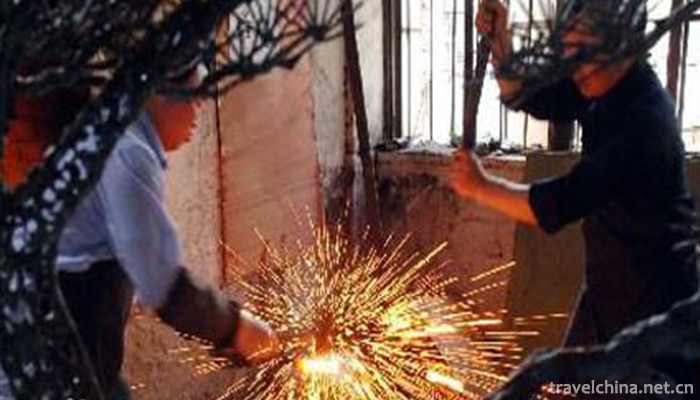
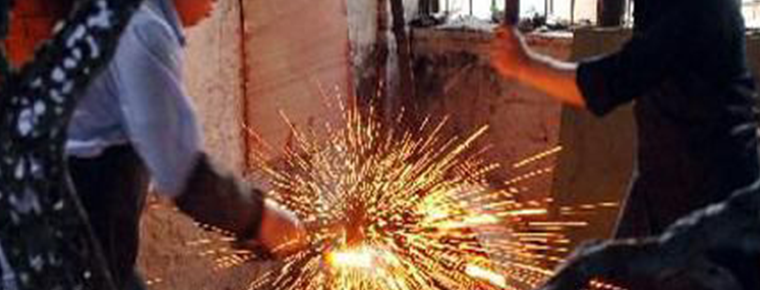
Forging Skill of Iron Painting in Wuhu
-
Hometown of Zhu De
Zhude Hometown Scenic Spot: National AAAAA Tourist Scenic Spot, National Key Cultural Relics Protection Units, National Patriotic Education Demonstration Base, National Anti-corruption Education Base,
Views: 312 Time 2018-12-12 -
Park hyatt Guangzhou
In Guangzhou Park Hyatt Hotel, a traditional Lingnan culture and Gourmet Tour is opened. Guangzhou Baiyue Hotel integrates Lingnan's long history and culture with Baiyue's delicate modern
Views: 176 Time 2018-12-16 -
Jinshan City Beach Shanghai
Jinshan City Beach is located in Jinshan District of Shanghai, located in the southwest of Shanghai and the North Bank of Hangzhou Bay. It is adjacent to Pinghu and Jiashan City in Zhejiang Province
Views: 185 Time 2018-12-19 -
Ertan National Forest Park
Ertan National Forest Park is located in Yanbian County and Miyi County, the northern suburb of Panzhihua City, Sichuan Province, with a total area of 732.4 square kilometers
Views: 157 Time 2018-12-22 -
Fuzhou national forest park
Fuzhou National Forest Park (also known as "Fuzhou Botanical Garden") is the first National Forest Park in Fujian Province, one of the ten National Forest parks, and one of the six 4A scenic
Views: 186 Time 2019-01-12 -
Diabolo
Diabolo is a splendid flower in Chinese traditional culture garden. Diabolo used to be called "Hu Dao", also known as "ground bell", "empty bell", "wind gourd".
Views: 156 Time 2019-04-28 -
Haha Opera
Haha Opera, also known as Liuzi Opera and Drinking Opera, is a local opera originated from the folk in Hebei Province. It is the first national intangible cultural heritage
Views: 231 Time 2019-05-02 -
Huaibei Bangzi Opera
Huaibei Bangzi Opera originally named Shahe Diao, also known as Shahe Bangzi, Anhui Bangzi Opera, and Henan Henan Henan Opera belong to a different genre, is popular in Anhui Province
Views: 166 Time 2019-05-04 -
Batik art
Miao batik technology, the traditional handicraft of Danzhai County, Guizhou Province, is one of the national intangible cultural heritage.
Views: 129 Time 2019-05-10 -
Chengdu University of TCM
Chengdu University of Traditional Chinese Medicine, formerly known as Chengdu College of Traditional Chinese Medicine, was founded in 1956. It was one of the earliest four Chinese medical colleges and
Views: 237 Time 2019-08-31 -
Beijing Jiaotong University
Beijing Jiaotong University is a national key university directly under the Ministry of Education, jointly constructed by the Ministry of Education, the Ministry of Transport, the Beijing Municipal Pe
Views: 180 Time 2019-09-06 -
Nanchong social security
In 2019, there were 145900 urban "minimum living allowance" workers in Nanchong, 17500 less than that in 2018; 562400 rural "subsistence allowances", an increase of 20900 over 2018; and the per capita subsidies for urban and rural minimum living allowances
Views: 369 Time 2020-12-17
